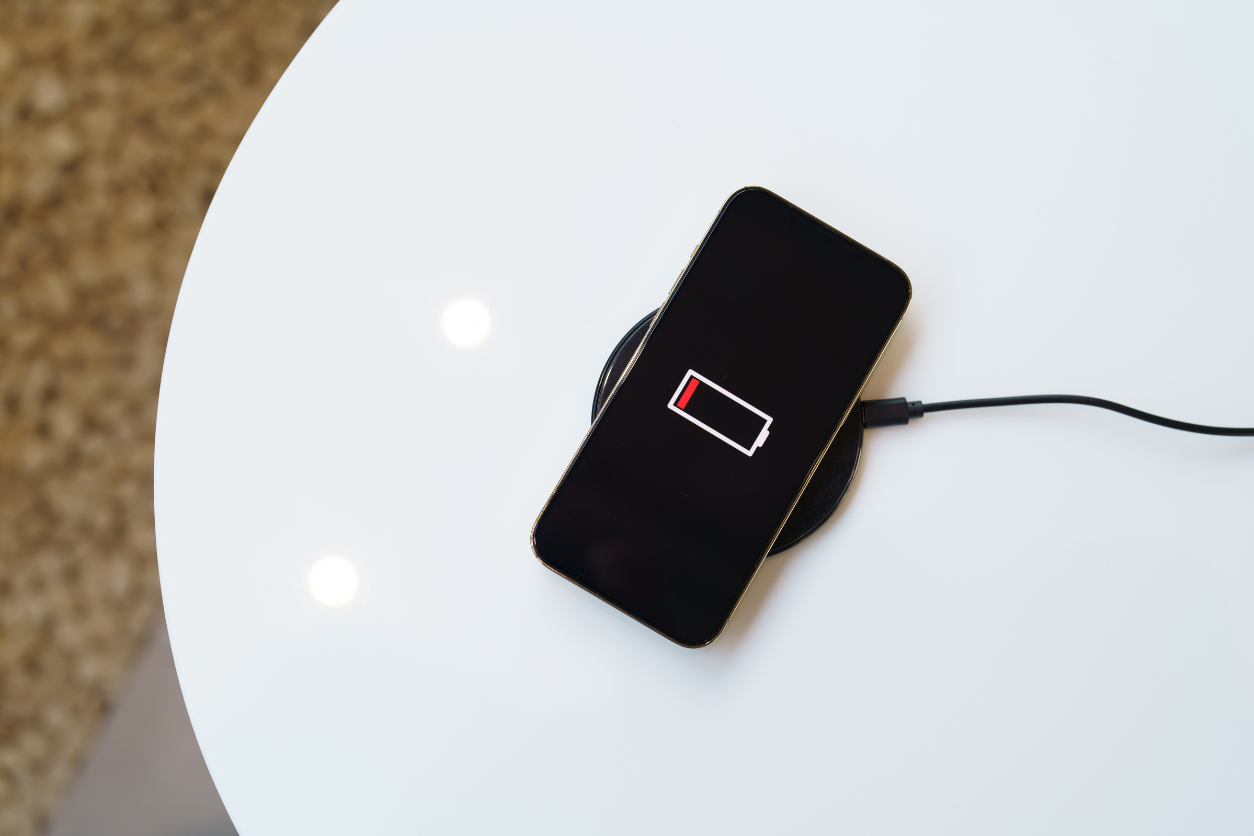iPhone Not Charging? Here’s How to Fix It

So there I was, all set for a day out with my fully charged iPhone when I realized it wasn’t charging overnight. Just imagine the panic of seeing that battery percentage stuck at a miserable 2% when you’re about to leave the house. We’ve all been there at some point with an iPhone not charging properly. If you’re like me, the initial reaction might have been to frantically plug and unplug the charger, hoping it would magically fix itself. Unfortunately, iPhones, like many of our beloved gadgets, can sometimes be stubborn when it comes to charging.
Related: Best Apple Magnetic Chargers
Now, before you start spiraling into a tech-induced crisis, take a deep breath. The issue could be something as simple as a loose connection or a minor software glitch. The good news is that many of these charging issues have straightforward solutions that you can try at home. Let’s explore some practical steps to get your iPhone back to its fully charged glory, without having to book a last-minute appointment at the Apple Store.
Check Your Charging Accessories
The first step in diagnosing a charging issue is to inspect the accessories you’re using. Ensure that your charging cable and adapter are working correctly. These cables can wear out over time, especially if they’ve been bent or twisted frequently. Try using the same cable with a different device to see if it works, or try a different cable with your iPhone. This quick test can help determine whether the problem lies with the cable or the phone itself.
While you’re at it, inspect the charging cable for any visible signs of damage, like fraying or exposed wires. Even minor damage can interfere with the charging process, leading to unreliable connections. If you suspect your cable might be faulty, consider replacing it with a new one that is certified for compatibility with your device. Sometimes, using third-party cables that aren’t certified can cause charging problems, so opting for reliable and tested cables is often a good idea.
Inspect the Charging Port
The charging port is another common culprit for charging issues. It’s easy for dust, lint, and debris to accumulate in the port, especially if you frequently carry your phone in your pocket or bag. Even a small amount of debris can prevent a solid connection between the cable and the phone, resulting in an iPhone not charging.
To clean the charging port, gently use a non-metal tool, like a toothpick or a soft brush, to remove any particles. Be careful not to damage the port or push debris further inside. A can of compressed air can also be used to blow out any loose particles, which is often effective in clearing out the port without direct contact. Once the port is clean, try charging your phone again to see if the problem is resolved.
Related: Best iPhone Charging Stands
Restart Your iPhone
If your iPhone still isn’t charging, try restarting it. A simple restart can often resolve minor software glitches that might be affecting the charging process. To restart your iPhone, press and hold the power button (and the volume button, if you have a model without a home button) until the “slide to power off” slider appears. Slide to power off, wait a few seconds, and then hold the power button again until the Apple logo appears.
Restarting your iPhone is a quick and effective way to clear any temporary issues that might be interfering with its functions. It’s a bit like giving your phone a fresh start, and sometimes that’s all it needs to get back on track. After the restart, check to see if your phone begins charging as expected.
Update or Restore iOS
Sometimes, a software update can fix bugs that are affecting your iPhone’s performance, including charging issues. Check if there is an available iOS update by going to Settings > General > Software Update. If an update is available, install it and then try charging your phone again.
If updating doesn’t work, you might consider restoring your iPhone to its factory settings. This step should be a last resort, as it will erase all your data. Make sure to back up your iPhone before restoring. To restore, connect your iPhone to your computer, open iTunes or Finder, select your device, and choose the option to restore. Follow the on-screen instructions, and once the process is complete, set up your iPhone as new or restore from a backup.
Contacting Support
If none of these steps solve the problem of your iPhone not charging, it might be time to reach out for professional help. Contacting Apple Support or visiting an authorized service provider can give you access to more specialized tools and diagnostics. They can check for any underlying hardware issues that might require repair or replacement.
Professional support can be particularly helpful if your iPhone has experienced any physical damage that might be affecting its charging capabilities. It’s always better to seek expert advice rather than attempting to fix complex hardware issues yourself, as this could void any warranty or protection plans you might have.
Your Trust, Our Core Commitment
At Rising Tech, earning and maintaining your trust is the cornerstone of our mission. We're dedicated to transparency, impartiality, and the relentless pursuit of truth in every article, review, and recommendation we publish. Our commitment to these principles ensures that you, our valued reader, are always equipped with reliable and unbiased information. Let us be your trusted guide in the ever-evolving world of technology.